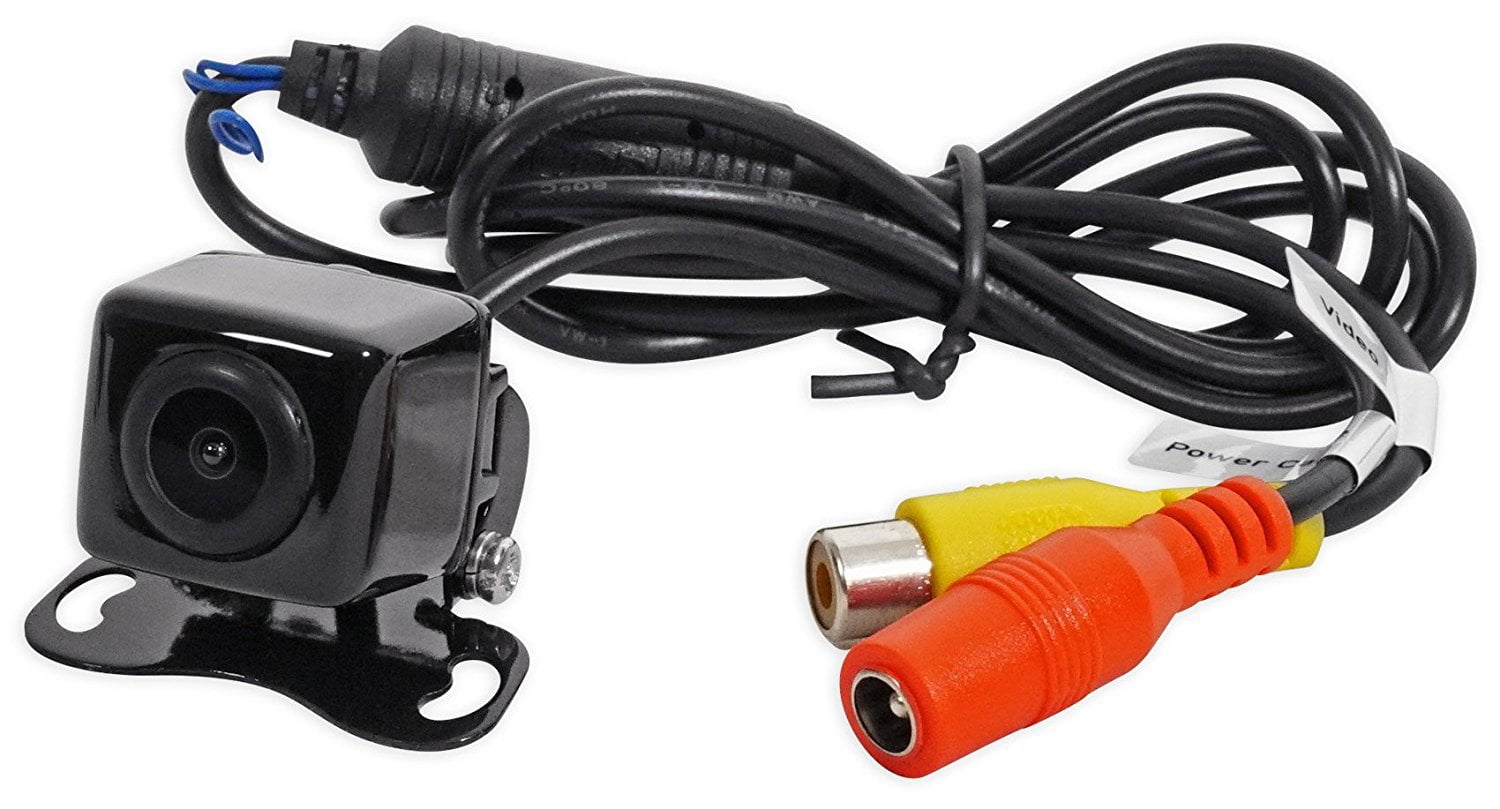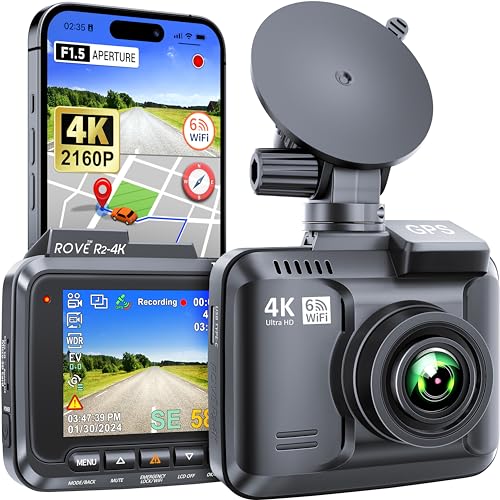Getting to know your camera settings can seem a bit overwhelming at first, but once you dive in, it becomes fun and enlightening! The first big thing to understand is aperture. This is like the pupil of your camera—it controls how much light comes in. A wider aperture (a smaller f-number, like f/2.8) gives you that nice blurry background effect, perfect for portraits, while a narrower aperture (a bigger f-number, like f/16) keeps everything in focus, which is great for landscapes.
Next up is shutter speed. Think of it as how quickly your camera takes a picture. If you’re shooting something fast-moving, like kids playing or a dog running, use a higher shutter speed (like 1/500 of a second). If you're capturing something still, like a sunrise, a slower shutter speed (1/30 or slower) can let in more light and create beautiful effects. Remember, using a slow shutter speed may require a tripod to avoid blurry photos.
ISO is another crucial setting. It controls your camera's sensitivity to light. A lower ISO (like 100) works best in bright conditions and keeps your photos clean and noise-free. In darker scenes, bumping up the ISO (like 800 or 1600) can help you get the shot, but you might introduce some noise, so find the right balance! These variations in ISO can really change the mood of your photos.
Lastly, don’t overlook white balance. It adjusts the colors in your photos based on the lighting. If you're indoors with incandescent lighting, set your white balance to match to get those warm skin tones right. On a cloudy day, a bit cooler setting can help brighten things up. Experimenting with these settings is one of the best camera tips to instantly enhance the quality of your photos!
Using Natural Light for Great Shots
Using natural light can really elevate your photography game. It’s available almost everywhere, and when you know how to work with it, you can capture stunning photos without needing fancy gear. Here are some camera tips to make the most out of natural light.
Timing’s everything! The golden hour, which is the hour just after sunrise and just before sunset, is your best friend. The light is soft and warm, perfect for portraits and landscapes. Try shooting during this time, and you’ll see how it adds a magical touch to your images.
Look for shaded areas on sunny days. Direct sunlight can create harsh shadows, which aren’t always flattering. Shooting in the shade gives you a nice diffused light that makes colors pop. Think under trees or even in the shade of buildings. It can make a huge difference!
Don’t forget to pay attention to how light falls on your subjects. Side lighting can add depth and texture, making your photos stand out even more. Try moving around your subject to see how the light affects the shot. This is a great way to discover new perspectives.
Lastly, explore different weather conditions. Overcast days provide soft, even lighting that’s perfect for capturing details without harsh contrasts. You can take breathtaking shots without worrying about squinting eyes or washed-out colors. Embrace the clouds and let them work for you!
170° Wide Angle Waterproof Night Vision Backup Camera
Capture every detail with this super wide angle backup camera that's built to handle any weather and low light conditions
Product information
$21.74 $17.17
Product Review Score
4.81 out of 5 stars
43 reviewsProduct links
Composing Pictures Like a Pro
Want to take photos that really stand out? Mastering composition is key! Here are some camera tips to help you frame your shots like a pro.
First, think about the rule of thirds. Imagine your image split into nine equal parts with two horizontal and two vertical lines. Position your subject along these lines or at their intersections. This simple trick can make your photos look much more balanced and interesting!
Next up, don’t forget about leading lines. Roads, fences, or even pathways can guide the viewer’s eye straight to your subject. Try to include these elements in your shots to create depth and draw attention where you want it.
Lastly, play around with perspective. Sometimes, a shot taken from a different height or angle can totally change the vibe. Get low to the ground or find a higher spot to give your photos a unique twist. These camera tips can really help you create images that pop and tell a story.
Dual Electronics Waterproof Color Backup Camera
Experience clear and reliable visibility in any weather with this durable backup camera designed to keep you safe on the road
Product information
$19.86
Product Review Score
4.15 out of 5 stars
73 reviewsProduct links
Editing Tips for Beautiful Finishes
Editing can make a huge difference in the quality of your photos. It’s like putting the cherry on top of a sundae. You want to enhance your images, not completely change them. Here are some straightforward tips to help you nail the finishing touches on your pictures.
First off, don’t skip the basics. Start with brightening your photos or adjusting the contrast. Sometimes a little tweak can bring out those hidden details. Use simple editing software or apps—lots of options are super user-friendly, so don’t feel overwhelmed!
Next, pay attention to colors. Adjusting the saturation can breathe new life into your shots. Just remember, too much saturation makes everything look unnatural. Find that sweet spot where colors pop but still look real. If you're unsure, keep an eye on the skin tones. Natural hues are always the way to go.
Lastly, don’t forget about cropping. It's a great way to improve composition. Remove distractions from the edges of your photos and focus on the subject. Crop tight to make your main subject stand out. Follow the rule of thirds if you can—it helps create balance and draws the eye where it matters.
These camera tips will help your photos shine. A little editing can turn a good shot into a stunning one. Dive in, experiment, and enjoy the process!






